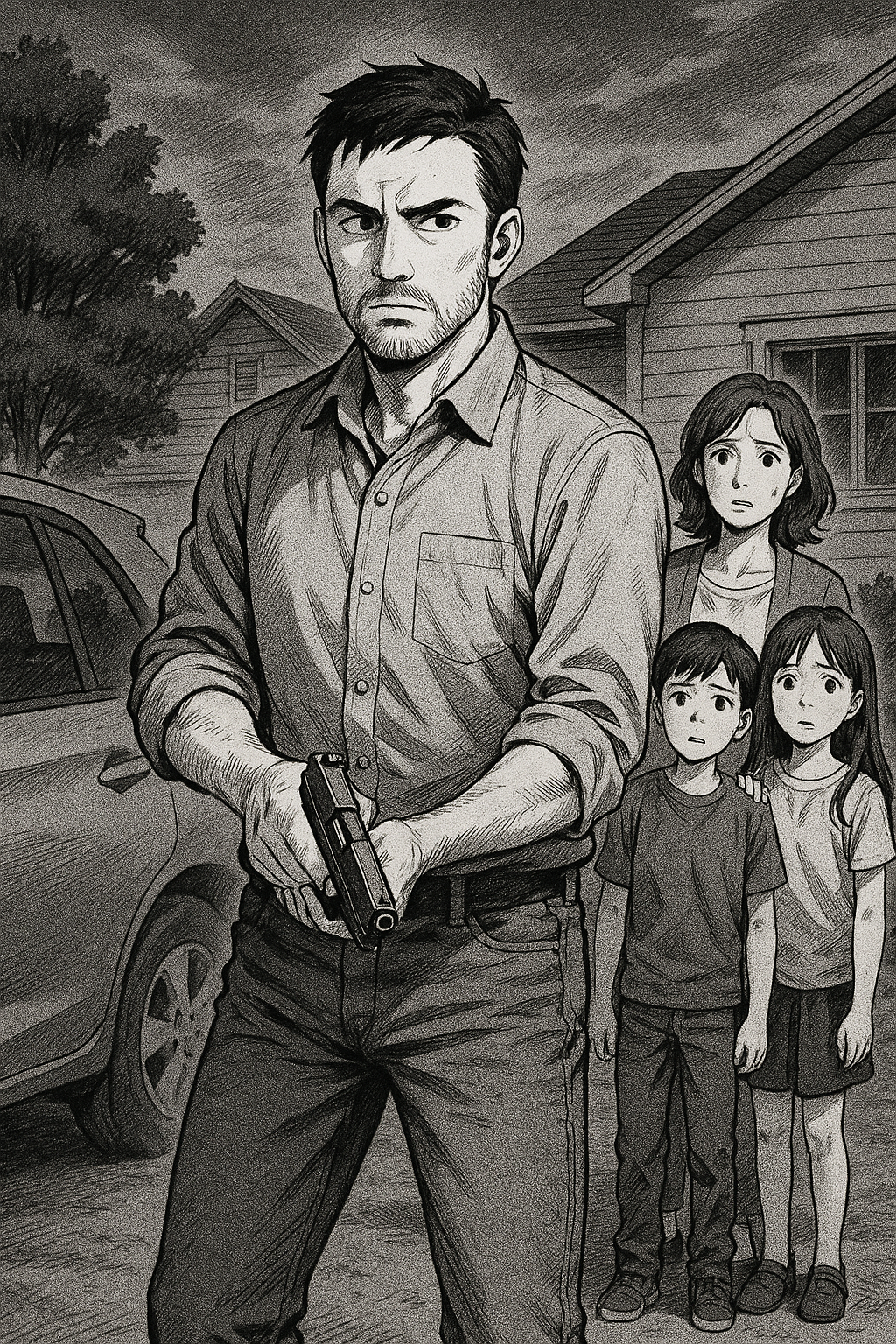Violence, whether we like it or not, is part of the human experience. And with it comes the unavoidable question: when force is used against you, do you have the right to respond with force of your own?
The right to self-defense is one of the oldest and most widely recognized principles in legal and moral thought. It predates the Constitution, exists in nearly every legal system in the world, and resonates with something deeply instinctual—when faced with danger, we should be able to protect ourselves and those we care about.
But how far does that right go? And in the American context, how does the firearm—perhaps the most effective and controversial tool of modern self-defense—fit into that framework?
Self-Defense: A Natural Right
At its core, the right to self-defense isn’t granted by any government. It’s a natural right—meaning it exists independent of laws, documents, or institutions. You don’t need a license to try to survive. And societies that recognize this right tend to codify it in laws that allow individuals to use force, sometimes even deadly force, when confronted with imminent harm.
The American legal tradition, rooted in English common law, has always acknowledged this. Early colonists lived in conditions where law enforcement might be days away—if it existed at all. The responsibility for personal safety started at home and extended to family, property, and community.
The Second Amendment as a Backstop
Enter the Second Amendment. While it’s often viewed through the lens of resistance to tyranny, it also plays a crucial role in reinforcing the right of individuals to be prepared for self-defense. It doesn’t create the right—it protects it from infringement.
Modern debates often miss this point. The Second Amendment isn’t about hunting, and it’s not exclusively about militias. It’s about ensuring that individuals have the practical means to respond to threats when law enforcement can’t—or won’t—arrive in time.
“Whatever Means Are Necessary”
When I say I believe in defending yourself by whatever means are necessary, I don’t say that recklessly. Violence should always be the last resort. But if a threat is real, immediate, and unavoidable, the response should be effective.
And firearms, for many Americans, are simply the most effective tool available. They are a force equalizer. They don’t rely on size, strength, or youth. They allow a 110-pound woman to stop a 250-pound attacker. They allow a disabled veteran to defend his home when help is minutes—or miles—away.
This isn’t about paranoia. It’s about preparation. And it starts with recognizing that the right to self-defense is real, valid, and worth protecting.
Closing Thought
Self-defense isn’t about looking for a fight—it’s about having the means to survive one. In the next part of this series, we’ll explore how firearms became woven into American culture and why that history matters more than ever in today’s debate.

